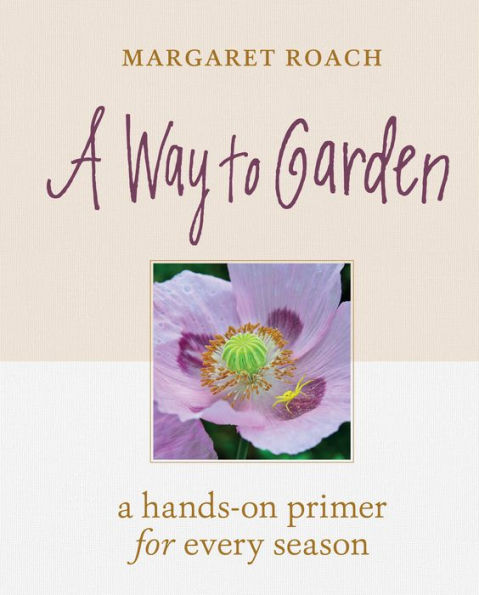Table of Contents
Preface: And Now, 21 Years Later 9
Introduction: Beyond Outdoor Decorating 17
Conception January And February 31
New Cycle, A New Season
Studying the Catalogs
Early, Middle, Late
Look Out the Window: Design 101
Planning, on Paper or Otherwise
Journals: Writing It All Down
Zones and Other Considerations
Taxonomy Lite
Say What? Speaking Latin
Hybrid, Heirloom, or Both?
Seed Viability versus Vigor
First Sowing: Onions and Leeks
Saying No to Deer
Pruning, Pared Way Down
Intermediate Witch Hazels
Hellebores Galore
Plants with Structure
Birth March And April 71
Groundhog Day
Gardening for the Birds
Powerhouse Bird Plants
When to Start Seeds
18 Seed-Starting Tips
Why Seedlings Stretch and Get Spindly
Making a Bed, with Cardboard
How to Shop for Plants (and Not)
Ephemerals
Dividing Trilliums
Planting Peas, with Mendel in Mind
Hydrangea Pruning
My Gold Foliage Issue
Forsythia Alternatives
Animal-Resistant Flower Bulbs
The Ever-Reliable Narcissus
Pruning Clematis
A Particular Pulmonaria
Finding Room for More Natives
What is Native Where?
Spring Water-Garden Regimen
Name Game: Know Your Weeds
Youth May and June 125
A Season for Sisterhood
Nuisance Wildlife
Tough-Love Transplanting
Editing Self-Sowns
13 Things About Growing Tomatoes
Salad Days
Sow, Sow, Sow Again
Investment Plants
Ornamental Onions
Fumitories and Aroids, Oh My
Euphorbias
Ferns
Peonies
A Moment for Lilacs
Making Mosaics (Underplanting)
Confidence Builders, Rethought
A Must-Have Rose
Water Garden in a Pot
Organic Lawn Care
Mulch Wisdom
Growing Potatoes
Adulthood July And August 183
Throwing in the Trowel
Fall Vegetable Garden
A Few Good Living Mulches
Meadow Plants, Mowing Strategies
Cutbacks
Fetid but Fantastic Eucomis
Southeast Native, Northeast Garden
Weavers and See-Throughs
Insect Love (or at Least Respect)
Foliage, the Garden's Wardrobe
Squash Madness
Viburnums
Not Your Average Morning Glories
Tall Perennials
Houttuynia, and Other Weeds I Planted
Senescence September And October 223
Nothing Lasts
Fall Leaves and Pink Mums
Repeat After Me
Making Compost
A Longer Clematis Season
When Inner Conifer Needles Turn Brown
Putting Up a Year of Herbs
I Just Call Them Asters
Cover Crops: Feeding the Soil
Smarter Bulb Shopping and Planting
Eranthis, the Winter Aconite
A Nectaroscordum by Any Name
Saving Seeds
How to Grow Garlic
Storing and Preserving Garlic
A Saner Fall Cleanup
Mad Stash: Overwintering Tender Plants
Taking the Year's Inventory
Death And Afterlife November And December 263
Dear Friend (Love, Margaret)
The Asset of Bark
Cultivating Snags, or Wildlife Trees
Winterizing the Water Garden
Winterberry Hollies
Willing Houseplants
Conifers I Have Known
My Seed-Shopping Rules
A Wheelbarrow Full of Prevention
References and Sources 291
Acknowledgments 301
Photo Credits 303
Index 305

















